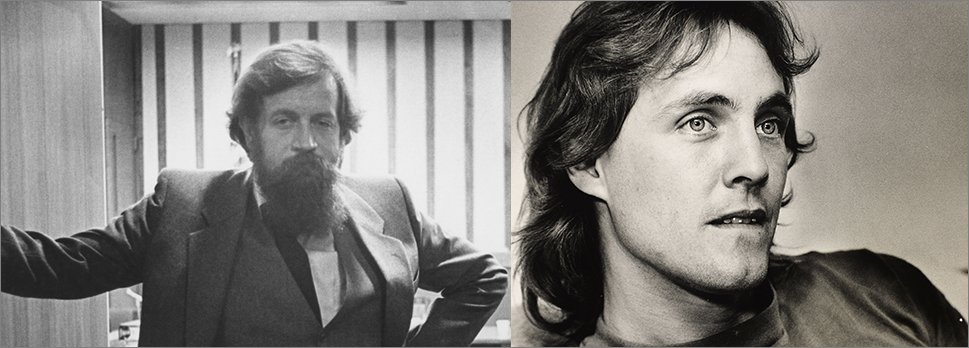At this trial, every witness seemed to be under suspicion from one side or the other. Every story was subject to a deep probe designed to surface inconsistencies and possible untruths. If a witness was not subjected to this treatment, you could tell they didn’t much matter to the opposing side. They were merely a small fly, buzzing about with no impact. In State v. Peel, Jim Robinson was a fly, all right. A fly that Phillip Weider needed to kill. Or, at the very least, hope he broke under pressure.

After the recess, defense attorney Phillip Weidner resumed his pressure tactics. As before, Robinson was reluctant to agree with anything Peel’s attorney suggested. But the constant hectoring was starting to take its toll. Asked whether he had used gasoline to torch the car in Arizona, Robinson replied that he “believed so” but that he “was a little bit drunk at the time,” so couldn’t be certain. Asked if he had accomplices buy the gasoline, Robinson said he didn’t really emember. Weidner quickly pulled out the transcript from the interview Robinson had given only the night before. In that interview, Robinson said that friends purchased the gasoline.
“You weren’t drunk when you made those statements, were you?” Weidner asked, keeping the pressure on.
“No,” Robinson admitted, “I wasn’t.”
Robinson On Cross
When it came time for cross-examination, Mary Anne Henry had only two goals. The first was to establish the particulars of Robinson’s Arizona crime. Robinson was more than willing to provide details about his unfaithful wife and the circumstances that led him to drunkenly torch her boyfriend’s car. Henry’s second goal was two-pronged: to establish that she had little knowledge of Robinson’s legal troubles and to verify that she hadn’t cut any deals with him.

Henry pointedly mentioned several interviews they’d had, each time asking Robinson if he had any reason to fear her. Each time, he answered no. She asked if she’d offered him any deals. Again, he answered no. Then she came to the hearing during which Robinson identified Peel as the gas buyer. “After that hearing,” Henry pointed out, “you waited for me in the hallway and told me about recognizing Mr. Peel, is that right?”
“That’s true,” Robinson answered.
“At that point, as far as you knew, I had no idea about your problems down south, is that correct?”
“No,” he replied. “You had none.”
A Chorus of Objections
On redirect, Weidner found himself confronted with objections nearly every way he turned. Some of his questions were subtle variations of questions he’d already asked. Henry objected. Judge Schulz, for the most part, agreed.

In the end, Weidner could only accuse the prosecution of taking a hear no evil, see no evil approach to Robinson’s troubles. All the state wanted, he suggested, was for Robinson to come in “and finger Mr. Peel,” no questions asked. And wasn’t it curious, he added, that these were the same prosecutors who’d been willing to spend $30,000 on models and hundreds of thousands of dollars on the rest of their investigation.
Excerpts from the unpublished original manuscript, “Sailor Take Warning,” by Leland E. Hale. That manuscript, started in 1992 and based on court records from the Alaska State Archive, served as the basis for “What Happened in Craig.”
Copyright Leland E. Hale (2020). All rights reserved.

Order “What Happened In Craig,” HERE and HERE. True crime from Epicenter Press.